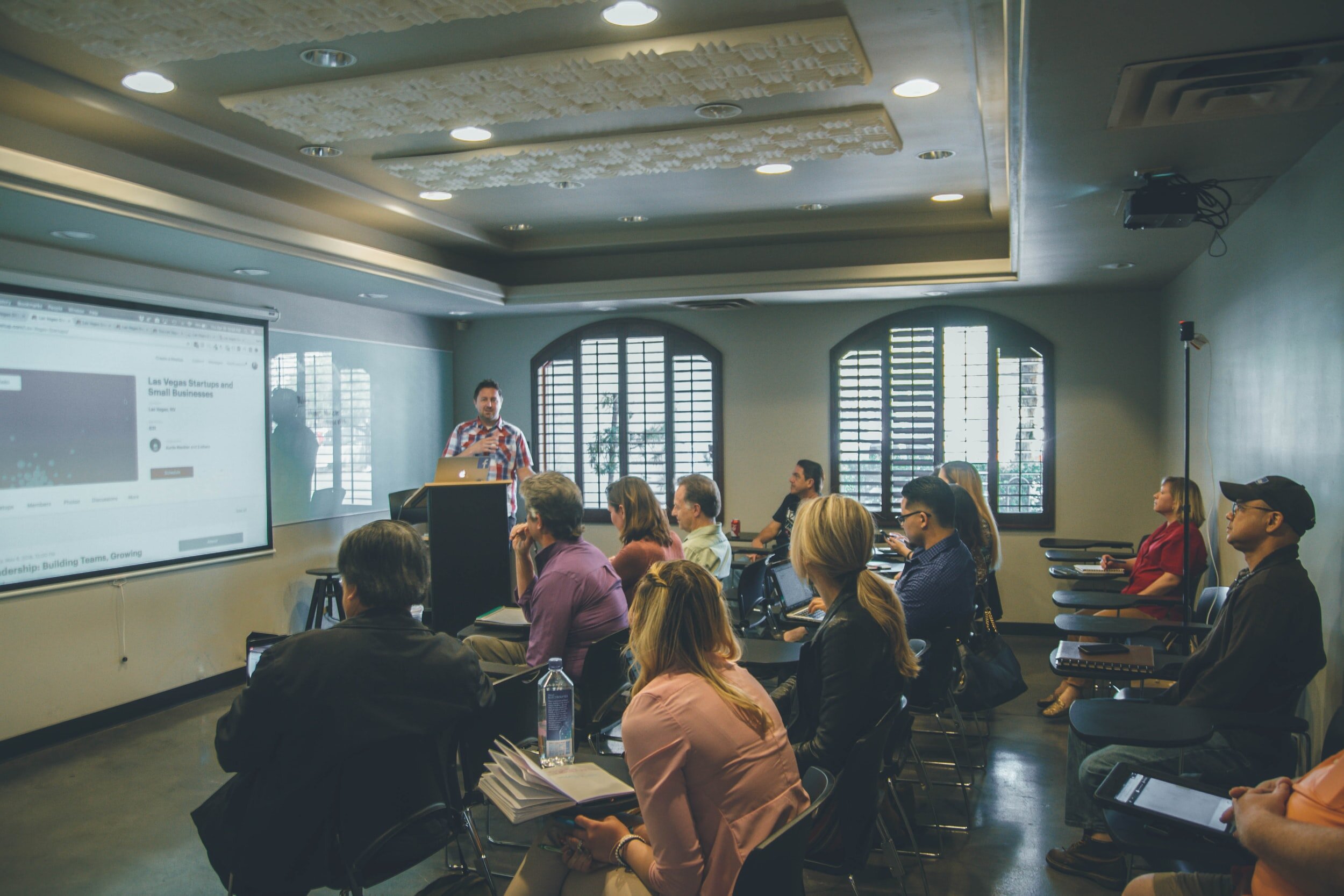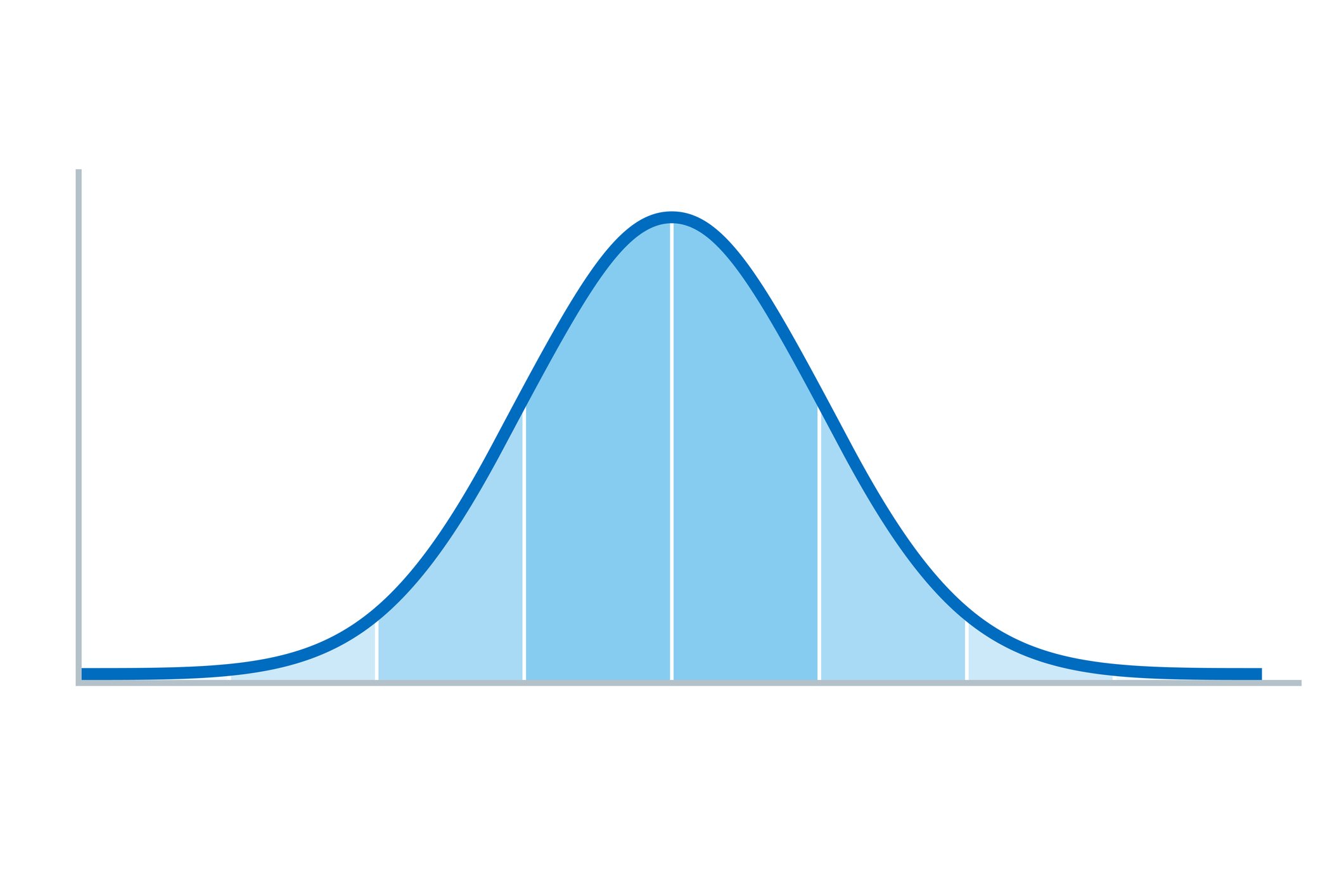Choosing digital tools for qualitative data analysis
by Christina Silver, PhD, FAcSS, SFHEA. Dr. Silver is the Founder and Director of QDA Services.
There are many tools available to organize and analyze your data, materials, and literature
There are many tools designed for qualitative analysis, so it can be confusing to make an appropriate choice for your project. Until the mid-1980s we either had to use pen-and-paper methods (highlighters, whiteboards, scissors, sticky notes, blue tac etc.) or general purpose software (word processors, spreadsheets, etc.). Since they first emerged, dedicated digital tools for qualitative analysis have mushroomed and there are now literally dozens to choose from. Collectively the genre of digital tools that originated from the social sciences are known as Computer Assisted Qualitative Data AnalysiS (CAQDAS) packages, Qualitative Data Analysis Software (QDAS) or Qualitative Software. These are the tools I focus on in this post.
Why to use dedicated CAQDAS package
Using a dedicated CAQDAS-package is not a pre-requisite for analysis. You can do bad analysis using CAQDAS-packages just like you can do good analysis without using them. So why would you bother to use one? This is a good question, especially if you’re new to qualitative analysis and will need to learn about method at the same time as becoming familiar with a tool. Equally, if you're a seasoned qualitative analyst with well-established manual methods it can feel like a big effort to learn a different way of doing things.
If you’re unfamiliar with the sorts of things CAQDAS-packages are designed for, check out my post about Analytic Activities in Qualitative and Mixed-Methods analysis which CAQDAS-packages are designed to facilitate.
Apart from the analytic activities they facilitate, for me, the key reason to use dedicated CAQDAS-packages has to do with four aspects of access.
Using CAQDAS-packages allows me to access all the materials I'm working with (the data files and all the supplementary materials providing context to the project) in one place, at the click of a mouse button, without scrabbling around trying to remember where I saved things on my computer, or which shelf or pile on my desk they're in.
I can also access all the ideas I have had about those materials, and the growing interpretation, because I can capture thoughts (by writing and mapping) when they occur, and link them to the data that prompted the thoughts in the CAQDAS-package. And its the linking bit which is where the use of CAQDAS-packages really enhances my process.
Then there's the process itself. It's difficult to communicate the process of qualitative analysis when working manually. Even if you've kept a detailed research diary you can't show others what you've done very easily when the tools you've used are not digital. Using digital tools you can save versions of your project, take screenshots, export visuals that illustrate process, so that you can share the process in very concrete ways.
Finally, access for others. There are two aspects to this - working collaboratively on an analysis is greatly facilitated through the use of CAQDAS-packages, whether they are multi-user on online aps (when researchers can work on the same analysis at the same time), or single-user programs (when researchers need to split work and combine later on, perhaps in several rounds). In participatory projects the collaborative features can be particularly powerful to include the interpretive voices of all involved. Secondly is the sharing of findings via the use of CAQDAS-packages. Findings can be illustrated in a variety of ways, beyond customary textual forms of writing an interpretation and presenting a few illustrative quotes. Visualizations including charts and diagrams, maps and networks, and joint qual/quant displays are available in most CAQDAS-packages. Their use, of course, must be methodologically appropriate, but the options provide powerful and engaging ways to communicate.
For more on these aspects of access see my blog post "Why bother with CAQDAS? Access at the click of a button.”
What to consider when choosing a CAQDAS-package
Choosing an appropriate CAQDAS-package can be challenging because most of these programs have so many features. To navigate the similarities and differences for the purpose of making a choice, it's important to forefront the needs of your project(s) as these are the best basis for an appropriate choice. Considerations for making a choice can be organised into two groups: methodological considerations and practical considerations.
If you want more detail about these considerations, check out the webinar I did for the CAQDAS Networking Project on this topic.
Methodological considerations
Data: what type(s) of data and other materials are you working with? Some CAQDAS-packages only handle text, others also handle images, audio/ video as well as quantitative data. In addition, how much data do you have? Some can process much larger volumes, others are designed for smaller projects. And there's also the issue of the role of these materials in the research design - how do you need to integrate the materials in the analysis? Consider the nature, amount and integration of data in your project and check the tools you're considering can handle them flexibly enough for your needs.
Analytic method: the developmental impetus of each CAQDAS-package in terms of the analytic method(s) they’re designed to facilitate is important. Some are intended to be flexible enough for use with many different qualitative analysis methods, others are designed for a specific method. You may be using a qualitative analytic method or a quantitative approach? Or maybe you're mixing methods, for example looking at the same materials through different analytic lenses. Consider the tasks you need to be able to accomplish in the context of your analytic method, and check the tools you're considering can be used for those purposes.
Computer assistance: to what extent do you want to use a tool simply as a container to store, manage and access your project, or have the software assist in the analysis? This is a big topic and one that has resurfaced to the forefront of many researchers' minds since generative-AI has come into play. Some CAQDAS-packages have long incorporated forms of AI, others are beginning to harness large language models such as ChatGPT and the like into their programs as an additional set of optional tools to use. Consider the appropriateness of computer-assistance in your project, and if you want assistance check how AI is implemented in the tools you're considering. For more on computer-assistance in CAQDAS, including generative-AI see my series of blogposts on the topic and a webinar hosted by the CAQDAS Networking Project.
interrogation and visualisation: CAQDAS-packages have a range of tools for interrogating and visualising patterns and relationships between and within data, based on earlier work you've done. They vary quite significantly in this regard, so thinking about the types of patterns and relationships you'll need to explore can be a really important factor for deciding between products.
Practical considerations
technical: what platform do you work on? Some programs are Windows only, others Mac only, others are cross-platform (sometimes including Linux), and some are online applications. A basic but important consideration, especially in the team-context...
team-working: working collaboratively adds an additional layer of complication to the use of CAQDAS-packages that needs to be planned for. The human aspects of team-working (including how to split work, how to ensure consistency amongst researchers) are just as important as the technical aspects. Is the program multi-user (meaning can several researchers access and work on the same project data at the same time)? If not, how do you bring multiple contributions together? These are fundamentally important considerations when working in teams and for many are the most important consideration.
learning curve: some programs are larger and more complex and therefore require longer to become familiar and confident with. Be realistic about the amount of time you have to learn a program. If you're intending to do multiple research projects, think about potential needs for the next projects as well as this one. Also consider how you like to work, and the type of user-interface and computational logic that fits how your brain works! Tools look and feel as well as function differently, and sometimes you just feel more comfortable with a particular tool. That's not a bad basis of a decision.
resources: some programs are free (and open source), others have a financial cost associated with their use, so this can be an important consideration. If you work or study at an academic institution, it might well be that there's a site license for one or more CAQDAS-packages, so if you don't have your own budget, this can be the deciding factor. Where that's not the case, or you want to choose a tool that's the best fit for your project, rather than use what's available, cost will likely be important. Remember that free or low-cost tools tens to have fewer features. But you might not need all the bells-and-whistles provided by the bigger programs.
If you’re particularly interested in free and open-source CAQDAS-packages, check out the webinar by Vicky Rampin on open tools for qualitative analysis
So where to start with all these considerations? It can be useful to make a list of all your needs in relation to the above methodological and practical considerations, and then prioritise them; which are "must-haves", "nice-to-haves", or "can-do-without's"? It's very unlikely that you'll find one tool that ticks all the boxes, so you'll have to make some compromises in the choice. The point about prioritising your needs is about making the best choice, not finding the best tool - because there isn't one!
If you need more detail about these considerations, check out the webinar I did for the CAQDAS Networking Project on this topic.
No one-size-fits all option
It’s important to remember that there is never a one-size-fits-all answer to the question of which tools to use. Why? Because each project is different, and therefore the most appropriate tools also varies.
You don't need to stick to one tool
If you decide to use a digital tool for a qualitative analysis you don’t need to throw your highlighter pens away, or spend all your time staring at a computer screen. Just like when baking a cake you may do some tasks by hand and others using electric utensils; you can use different types of tool at different stages of a qualitative analysis, as feels comfortable. Sometimes working in a different way helps you see and think about the data differently. In addition, if your chosen digital tool doesn't have a way of accomplishing a particular task, you can turn to another one.
View recordings from Christina Silver’s two-part Symposium: AI in Qualitative Analysis
The Social Research Association (SRA) and the CAQDAS Networking Project (CNP) partnered to bring you the opportunity to learn about, discuss and shape developments in the use of artificial intelligence in qualitative analysis. Watch the recordings!
Part 1: Friday 24th November, from 2-5 pm GMT (London UK time zone)
AI in Qualitative Analysis: Developments and Methodological implications
https://www.youtube.com/watch?v=AbkLyemKuoI
Part 2: Friday 1st December, from 2-5pm GMT (London UK time zone)
AI in Qualitative Analysis: Research Applications Challenges
https://www.youtube.com/watch?v=AbkLyemKuoI
More Methodspace Posts about Data Management and Analysis
































Looking back at 2023, find all posts here!
We explored stages of a research project, from concept to publication. In each quarter we focused on one part of the process. In this recap for the year you will find original guest posts, interviews, curated collections of open-access resources, recordings from webinars or roundtable discussions, and instructional resources.